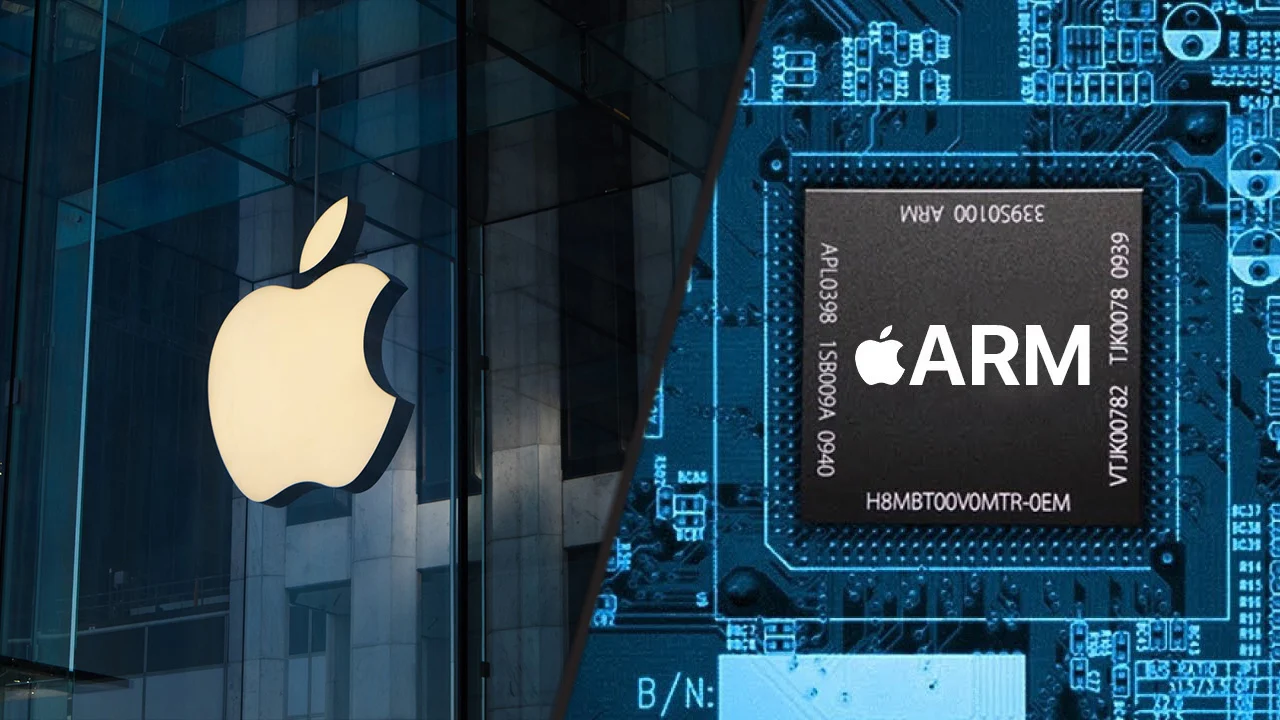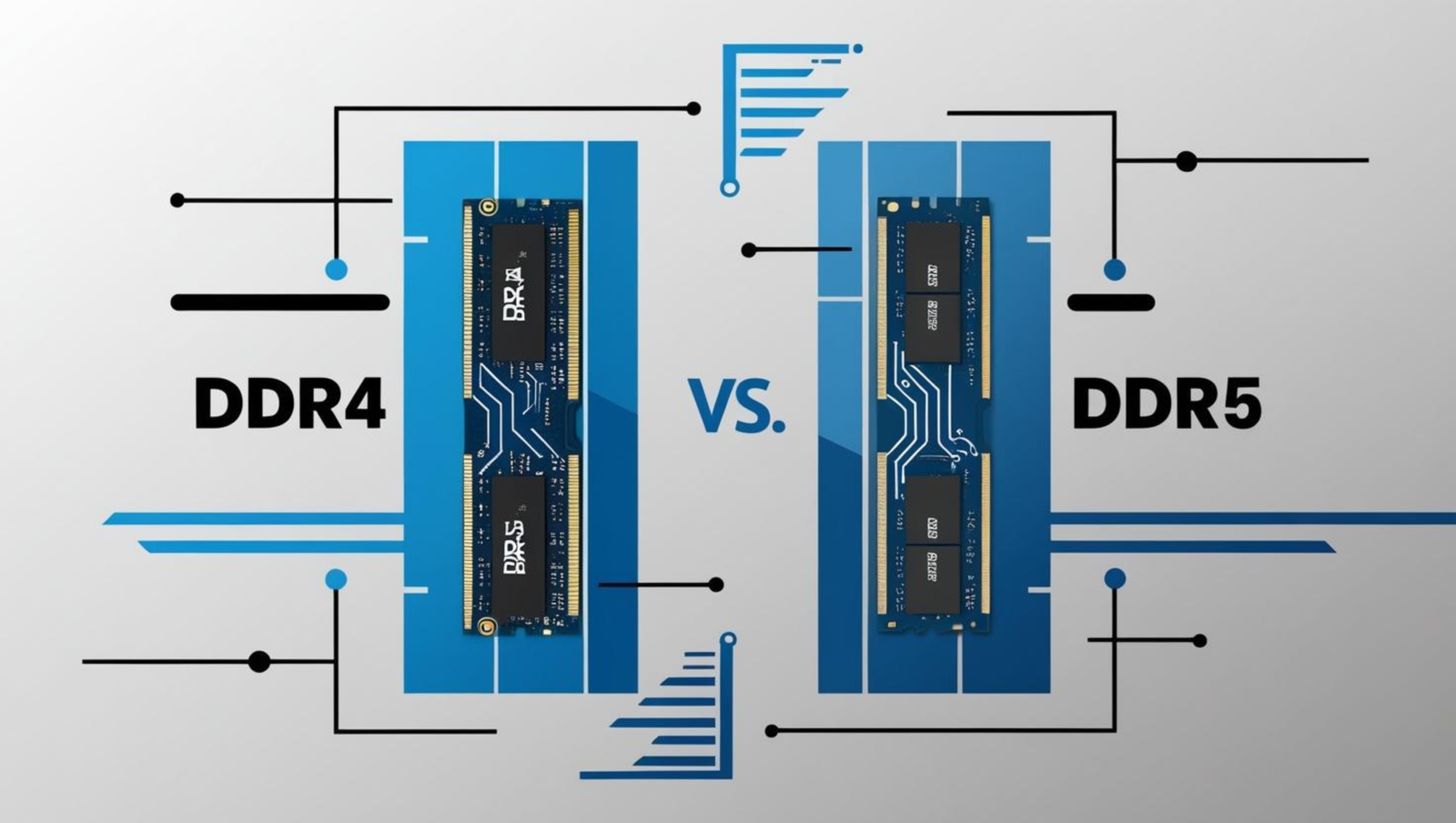MacBook with Intel or Apple Processor?
In 2020, Apple shook up the laptop market by introducing ARM processors to its MacBooks, replacing Intel’s x86 chips. While the new MacBooks look pretty much the same on the outside, the internal upgrades brought some game-changing improvements. Let’s dive into the details and see how this transition impacts you.
👉 Looking to buy a MacBook with an ARM processor? Check it out on Amazon now and upgrade your tech!
What Are ARM Processors?
Apple’s ARM processors, like the Apple Silicon lineup (M1, M2, etc.), are custom-designed chips based on ARM architecture. These processors are tightly integrated with Apple’s hardware and software, offering:
- Incredible energy efficiency.
- Top-notch performance.
- Extended battery life.
ARM chips, already used in iPhones and iPads, stand out for their efficiency and seamless operation within Apple’s ecosystem.
Why Replace Intel Processors?
Switching to ARM processors has given MacBooks a serious competitive edge. Here’s a breakdown of the key benefits:
1. Energy Efficiency
ARM chips consume less power, which means better battery life. Perfect for people who need all-day productivity.
2. Integrated Performance
The System-on-a-Chip (SoC) design combines the CPU, GPU, memory, and more in one chip, boosting speed and efficiency.
3. Less Heat
ARM processors produce less heat, reducing the need for heavy cooling systems and making the MacBooks quieter.
4. Performance per Watt
ARM delivers better performance relative to its power consumption, outperforming Intel in demanding tasks.
5. iOS App Compatibility
ARM-based MacBooks can run iPhone and iPad apps, making your Mac even more versatile.
6. Faster Updates
With Apple controlling both chip design and manufacturing, updates and optimizations happen faster.
7. Advanced Security
ARM chips come with built-in features like Secure Enclave, giving your data extra protection.
Is the Software Market Ready for ARM Processors?
While the transition to ARM is exciting, the software ecosystem is still catching up. Many applications rely on emulation layers like Rosetta 2 to run on ARM processors. This can sometimes lead to performance or compatibility issues.
Key challenges include:
- Some specialized apps haven’t been fully optimized yet.
- Performance might vary depending on the app.
Should You Buy a MacBook with an ARM Processor?
It depends on how you use your MacBook. Here’s some advice:
- For General or Light Use If you use your MacBook for everyday tasks like browsing, writing, or streaming, ARM processors are an excellent choice. You’ll enjoy better battery life and faster performance.
- For Specific or Professional Use If your work relies on software that requires heavy processing, check if your tools are optimized for ARM. Otherwise, you might run into limitations.

Conclusion
The move to ARM processors is a big leap forward for Apple. If you want better energy efficiency, longer battery life, and faster performance, Apple Silicon MacBooks are a fantastic choice. However, always double-check your software needs before deciding.
Still undecided? Think about how you use your MacBook and how the new chip could improve your experience.




2 comments